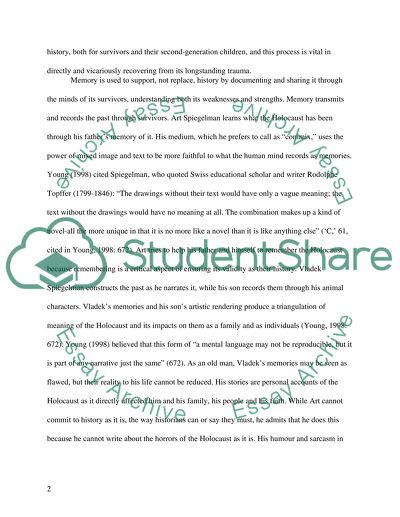Cite this document
(“Memory and History in Maus and Austerlitz: Recovering from Trauma Essay”, n.d.)
Retrieved from https://studentshare.org/literature/1466025-what-is-the-relationship-between-memory-and
Retrieved from https://studentshare.org/literature/1466025-what-is-the-relationship-between-memory-and
(Memory and History in Maus and Austerlitz: Recovering from Trauma Essay)
https://studentshare.org/literature/1466025-what-is-the-relationship-between-memory-and.
https://studentshare.org/literature/1466025-what-is-the-relationship-between-memory-and.
“Memory and History in Maus and Austerlitz: Recovering from Trauma Essay”, n.d. https://studentshare.org/literature/1466025-what-is-the-relationship-between-memory-and.


